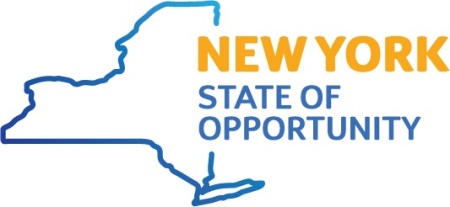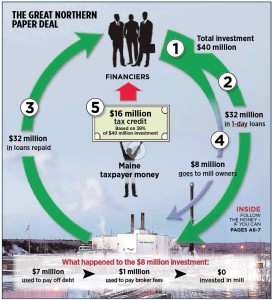 As early voting begins in the Chicago mayoral runoff election, incumbent Rahm Emanuel has proposed tax-free zones allowing businesses exemptions on property, income, and sales taxes in impoverished neighborhoods. The idea is neither new nor promising. In fact, Illinois already has six Enterprise Zones in Chicago and they have very mixed track records.
As early voting begins in the Chicago mayoral runoff election, incumbent Rahm Emanuel has proposed tax-free zones allowing businesses exemptions on property, income, and sales taxes in impoverished neighborhoods. The idea is neither new nor promising. In fact, Illinois already has six Enterprise Zones in Chicago and they have very mixed track records.
For example, Pepsi Cola General Bottlers, Inc. received Enterprise Zone subsidies, but automated its business processes and shed 14 positions after applying for the subsidies. The Sherwin Williams Company’s Chicago facility had 12 fewer jobs than when it applied for Enterprise Zone subsidies. And although the Solo Cup Operating Corporation has gained 24 jobs since applying, according to public documents, the company did not make use of Enterprise Zone State Utility Tax Exemptions for which it was eligible. In other words, they hired without needing subsidies.
Research on the effectiveness of enterprise zones makes it clear these anecdotes are not atypical. As the Minnesota State Legislature found in a review, “the economic effects of enterprise zones remain unclear. Most studies find no significant increase in employment, while a few do.” Moreover, it concluded that enterprise zones are most likely to be successful in already thriving areas, not blighted ones. Most importantly, the review suggested that subsidies should never let the quality of public services drop as it would easily wipe any positive effects of the policy. However, many of Chicago’s poorest neighborhoods have been made less desirable by Emanuel’s closure of 50 public schools. Emanuel has proposed shifting dollars from other subsidies, including the heavily criticized TIF program, to pay for his rendition of enterprise zones.
For the average company, state and local taxes amount to less than two percent of their overall cost structure. The business basics—the 98 percent of corporate cost structures that are not state and local taxes—almost always dictate why companies expand or relocate where they do, factors such as access to a qualified workforce, proximity to suppliers and customers, energy costs, availability of high-quality infrastructure and logistics.

Tax Breaks Don’t Move the Needle
But while tax breaks can do little to move the needle on corporate location decisions, the opportunity costs can be enormous. Indeed, as we documented last year, subsidies in Chicago appear to have significantly harmed public budgets. Since 1985, some $5.5 billion in property tax revenues have been diverted into TIF accounts and one out of every ten property tax dollars now ends up in TIF districts instead of funding schools and other public goods that benefit all of Chicago’s employers by investing in the labor force and infrastructure as well as keeping up with the city’s bills.
It’s also important to consider that enterprise zones may do little to target job creation to communities of need. Without adequate community benefits like local hiring policies included in enterprise zone policies, companies may not hire from within a neighborhood hungry for jobs enabling inclusive revitalization and a pathway to the middle class.











